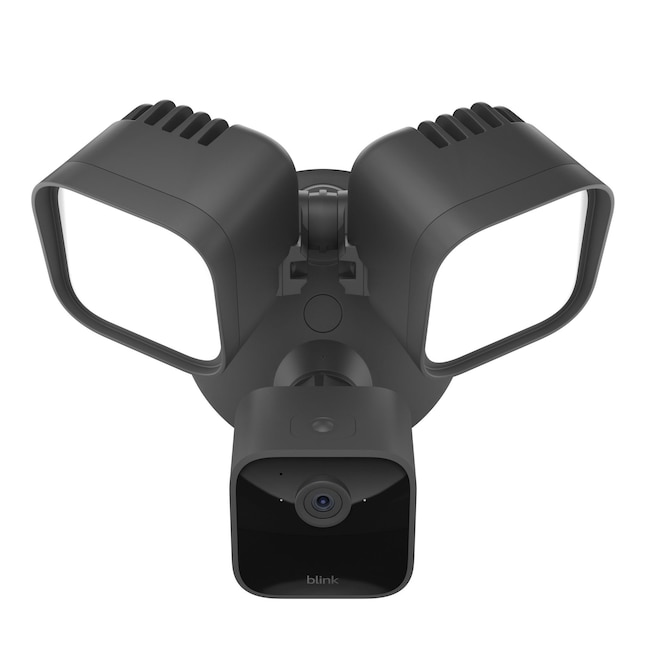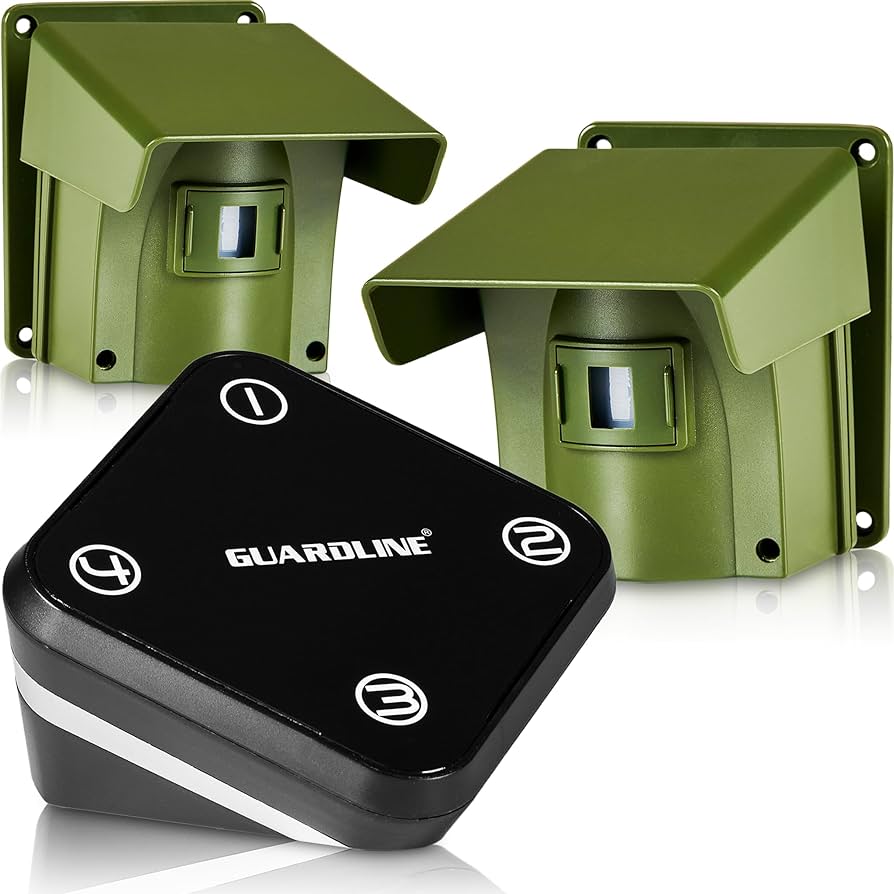The Blink camera has a motion detection range that can be adjusted through the motion sensitivity setting. Additionally, the range can be improved by using a Wi-Fi extender or booster, or by setting up a mesh Wi-Fi network.
Blink Camera Motion Detection Range
When it comes to Blink cameras, understanding the motion detection range is crucial for ensuring proper placement and optimal performance. So, how far can Blink cameras detect motion?
The distance at which a Blink camera can detect motion depends on various factors, including the model of the camera and its placement. Generally, Blink cameras have a motion detection range of up to 20 feet in a straight line. However, this range may vary depending on environmental conditions and obstacles.
At night, the motion detection range of Blink cameras remains the same as during the day. The cameras use infrared technology to detect motion in low-light conditions, allowing them to capture movement even in the dark.
When considering the sensitivity settings for your Blink camera, a good starting point is to set it to a medium level. This allows the camera to detect a wide range of motion without triggering false alerts.
In conclusion, understanding the motion detection range of Blink cameras and adjusting the sensitivity settings accordingly can help maximize their effectiveness in capturing motion events.
Optimizing Motion Detection Range
One of the most important factors to consider when optimizing the motion detection range of your Blink cameras is the strategic placement of the cameras. By placing your cameras in strategic locations, you can ensure that they have a clear line of sight and can effectively detect any motion within their range.
In addition to strategic placement, boosting your Wi-Fi signal can also improve the motion detection range. One solution is to install a Wi-Fi extender or booster, which repeats the wireless signal from your router to expand its coverage.
Another effective solution is to utilize mesh Wi-Fi, which creates a network of multiple Wi-Fi access points to provide better coverage throughout your home. Mesh Wi-Fi can help eliminate dead spots and ensure a strong signal for your Blink cameras.
In conclusion, by strategically placing your Blink cameras and optimizing your Wi-Fi signal, you can enhance the motion detection range and improve the overall performance of your Blink camera system.
Enhancing Motion Detection Sensitivity
When it comes to increasing the range of your Blink camera, there are a few solutions you can try. One option is to move the camera closer to the Wi-Fi router. Another solution is to install a Wi-Fi extender or booster. A newer and more effective solution is to use mesh Wi-Fi, which expands the coverage of your wireless signal. You can also improve motion detection by adjusting the sensitivity settings for your Blink camera.
To adjust the sensitivity, go to the camera thumbnail settings and select Motion Settings. From there, choose Motion Sensitivity and move the slider to the left for a lower sensitivity setting. This can help prevent false alarms and improve accuracy. Another way to optimize motion detection is by setting up motion zones in areas where you want the camera to focus on. This allows for more targeted detection in specific areas.
If you are experiencing issues with motion detection, you can troubleshoot the problem by checking the placement of the camera and adjusting its position if necessary. It’s also worth ensuring that your Blink camera is connected to a reliable Wi-Fi network and meets the necessary requirements for optimal performance.

Credit: www.lowes.com
Frequently Asked Questions On Blink Camera Motion Detection Range
How Far Can A Blink Camera Detect Motion?
Blink cameras can detect motion from a certain distance, but it may vary. You can adjust the motion sensitivity settings to improve detection. Additionally, using a Wi-Fi extender or booster can help increase the range of the camera. There are also options to set motion zones for better detection.
Check Blink Support for more information.
How Do I Increase The Range Of My Blink Camera?
To increase the range of your Blink camera, try moving it closer to your Wi-Fi router or install a Wi-Fi extender. Another option is using mesh Wi-Fi for better coverage. To improve motion detection, go to the camera’s settings, select Motion Settings, adjust Motion Sensitivity to Low, and save the changes.
You can also set motion zones for your Blink doorbell.
How Can I Improve My Blink Motion Detection?
To improve your blink motion detection, try adjusting the motion sensitivity in the settings. Go to the camera thumbnail, select Motion Settings, and then choose Motion Sensitivity. Move the slider towards L, for Low, by two or three points. Save the setting and walk out of the camera’s view.
Other options include placing the camera closer to the Wi-Fi router, using a Wi-Fi extender or booster, or considering mesh Wi-Fi for better coverage.
What Is The Motion Detection Zone Of The Blink Doorbell?
The motion detection zone of the Blink doorbell is a customizable area where the camera detects motion.
Conclusion
Understanding the motion detection range of Blink cameras is crucial for effective placement and optimal performance. While some users may experience disappointment with the cameras picking up motion from inactive zones, there are solutions available to improve motion detection range.
By adjusting sensitivity settings and utilizing Wi-Fi extenders or boosters, users can enhance the range and accuracy of their Blink cameras. Additionally, setting motion zones can further customize the detection area for the Blink doorbell. With these tips, users can maximize the effectiveness of their Blink cameras and ensure comprehensive motion detection coverage.
